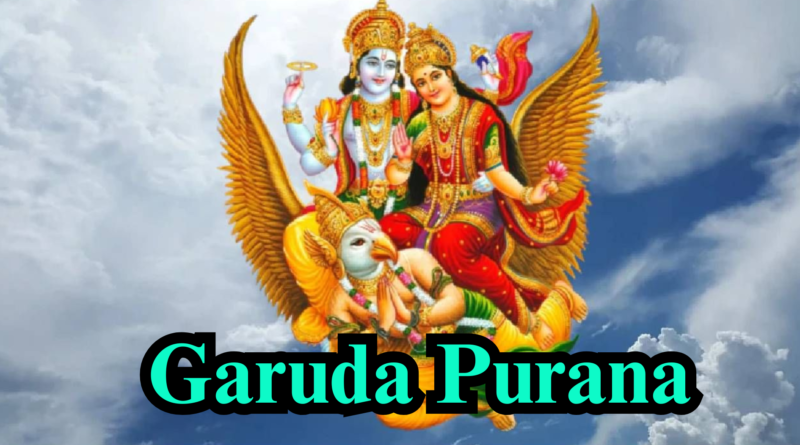Garuda Purana: A Sacred Hindu Scripture of the Afterlife and Dharma
The Garuda Purana is one of the eighteen Mahāpurāṇas, ancient Hindu texts that explore cosmology, mythology, and spiritual philosophy. This particular Purana is unique because it is deeply associated with death, the afterlife, and rituals related to cremation and the soul’s journey post-mortem. Narrated as a dialogue between Lord Vishnu and his mount, Garuda the divine bird this text provides insights into both spiritual liberation and the moral code essential for human life.
A major portion of the Garuda Purana is devoted to Pretakalpa, which outlines the journey of the soul after death. It describes the soul’s experiences in Yamaloka, the realm of the god of death, Yama. The text vividly illustrates the consequences of karma and categorizes the punishments for various sins committed during one’s lifetime. These passages serve not only as moral warnings but also as spiritual guidelines, encouraging righteous living and devotion to dharma.
In addition to its eschatological focus, the Garuda Purana contains several chapters on metaphysics, yoga, medicine (Ayurveda), astronomy, gemology, and temple architecture. This makes the text a holistic compendium of sacred knowledge, touching every aspect of human existence. The Ayurvedic content, in particular, offers early descriptions of diseases, treatments, and herbal remedies, showcasing the interdisciplinary nature of ancient Indian wisdom.
One of the distinguishing elements of the Garuda Purana is its practical guidance on ancestral rites and funeral rituals. It provides step-by-step instructions for conducting shraddha (ritual offerings to the dead) and antyeshti (last rites), believed to ensure peace for the departed soul and blessings for the living. This text remains widely read and referenced during mourning periods in Hindu families, especially in the 13-day ritual cycle after death.
Unlike other Puranas that focus more on mythological stories, the Garuda Purana combines mythology with ethical instruction and theological doctrine. It stresses the power of devotion to Vishnu, the importance of self-realization, and the consequences of adharma (unrighteousness). The Purana repeatedly emphasizes that liberation (moksha) is achievable through detachment, good conduct, charity, and unwavering devotion to the divine.
Despite its somber themes, the Garuda Purana is not a text of fear, but of clarity and guidance. It aims to demystify death, inspire a virtuous life, and prepare the soul for its journey beyond the mortal world. For seekers and scholars alike, it remains a valuable spiritual manual that bridges the temporal and eternal, reminding humanity of the impermanence of life and the permanence of the soul.




